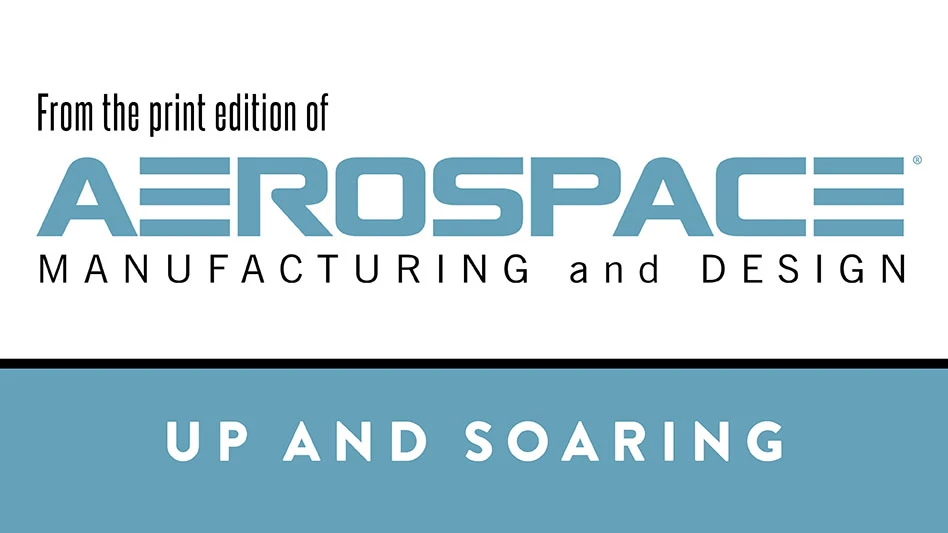 With funding from the U.S. Air Force Small Business Innovation Research (SBIR) and Small Business Technology Transfer (STTR) programs, members of the Texas Research Institute, Austin Inc. (TRI/Austin) created the Proteckt high-temperature coating. It has demonstrated a 20x improvement in abrasion resistance at operational temperatures in laboratory testing.
With funding from the U.S. Air Force Small Business Innovation Research (SBIR) and Small Business Technology Transfer (STTR) programs, members of the Texas Research Institute, Austin Inc. (TRI/Austin) created the Proteckt high-temperature coating. It has demonstrated a 20x improvement in abrasion resistance at operational temperatures in laboratory testing.
“This is roughly a 2,000% improvement in the average time between coating failures and directly addresses a current F-35 need,” says Maj. George Woodworth, the Air Force Research Laboratory SBIR project manager. “We anticipate that the new material will provide the program an estimated $14 million in life-cycle cost savings.”
Abrasion-resistant, camouflage coatings are used to protect composite surfaces of aircraft. These coatings are thin and usually spray-applied. Existing products experience some degradation in performance and color throughout time, especially when exposed to high temperatures, causing extensive damage to the underlying composite material.
“When a coating wears prematurely, it also causes an unscheduled maintenance burden to repair or strip and recoat the area,” Woodworth adds. “If the degradation is not discovered in time, damage to the underlying aircraft section can occur.”
Filled polyurethane paints used now for abrasion-resistant camouflage coatings have moderate high-temperature resistance, but poor long-term wear resistance at high temperatures. They also degrade over time, requiring frequent repair and recoating.
To supply the Air Force with an abrasion-resistant coating that can withstand high temperatures for longer durations and match existing camouflage paint schemes of aircraft parts, TRI/Austin evaluated a variety of raw materials, developed numerous coating formulations in conjunction with the experimental design development process, and identified the best formulations.
The new coating offers improved high-temperature abrasion resistance, cures faster, is resistant to standard aircraft fluids, meets color and gloss requirements, exhibits good adhesion even after accelerated fluid exposures, and can be applied using traditional procedures.
Due to high interest in the product, the firm received a $1.3 million Rapid Innovation Funding award to further advance the technology. TRI/Austin has realized SBIR transition success with a commercialization portfolio of more than $30 million.
Air Force SBIR/STTR Program Office
www.afsbirsttr.com
TRI/Austin
www.tri-austin.com

Explore the April May 2015 Issue
Check out more from this issue and find your next story to read.
Latest from Aerospace Manufacturing and Design
- Heart Aerospace relocates to Los Angeles
- Fixtureworks introduces Stablelock Clamps
- Piasecki acquires Kaman's KARGO UAV program
- PI Americas’ long-travel XY piezo nanopositioners-scanners
- AAMI project call submission deadline extended to May 12
- Jergens launches cast iron tooling column additions
- Airbus to acquire assets relating to its aircraft production from Spirit AeroSystems
- FANUC America's Cobot and Go web tool





